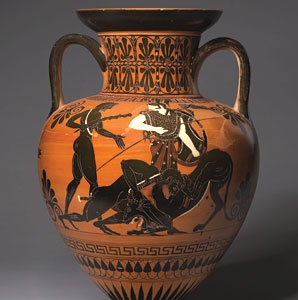
With close to 200 works, including figures and still lifes, “Claude Monet (1840–1926),” at the Galeries Nationales du Grand Palais (Sept. 22–Jan. 24; monet2010.com), offers a complete overview, from the artist’s travels along the Normandy and Mediterranean coasts to the late masterpieces he created at his garden in Giverny.
Benefiting from a large collection of vintage prints, “André Kertész,” at the Jeu de Paume (Sept. 28–Feb. 6), traces the artist’s 70-year career, which was divided among three cities (Budapest, Paris, and New York) and forged a unique path in photojournalism.
Venetian view painting reached its height in the mid 18th century, when travelers fueled a market for Canaletto and his contemporaries. “Venice: Canaletto and His Rivals,” at the National Gallery (Oct. 13– Jan. 16), is the first show in a generation to examine the range of their works.
In “The World of Khubilai Khan: Chinese Art in the Yuan Dynasty,” at the Metropolitan Museum of Art (Sept. 28–Jan. 2), the China that greeted Marco Polo is brought to life with rare Chinese loans of paintings, sculpture, and decorative objects, evoking the legendary city of Dadu (present-day Beijing), capital of the Great Khan Khubilai, the emperor who unified the country.
“Abstract Expressionist New York,” at the Museum of Modern Art (Oct. 3–April 25), reevaluates the movement that put the city at the art world’s center with this survey from its collection of Abstract Expressionist art in all media, including sculpture and books.
Stones from the Holy Land and fragments of the skull of Saint Eustace go on display in “Treasures of Heaven: Saints, Relics, and Devotion in Medieval Europe,” at the Cleveland Museum of Art (Oct. 17– Jan. 17; clevelandart.org). Also, 17 newly renovated galleries showcase the museum’s renowned antiquities collection.
The eighth Gwangju Biennale (Sept. 3–Nov. 7; 10000lives.org) explores our obsession with image, from portraiture to YouTube, in works by 100 artists from 28 countries.